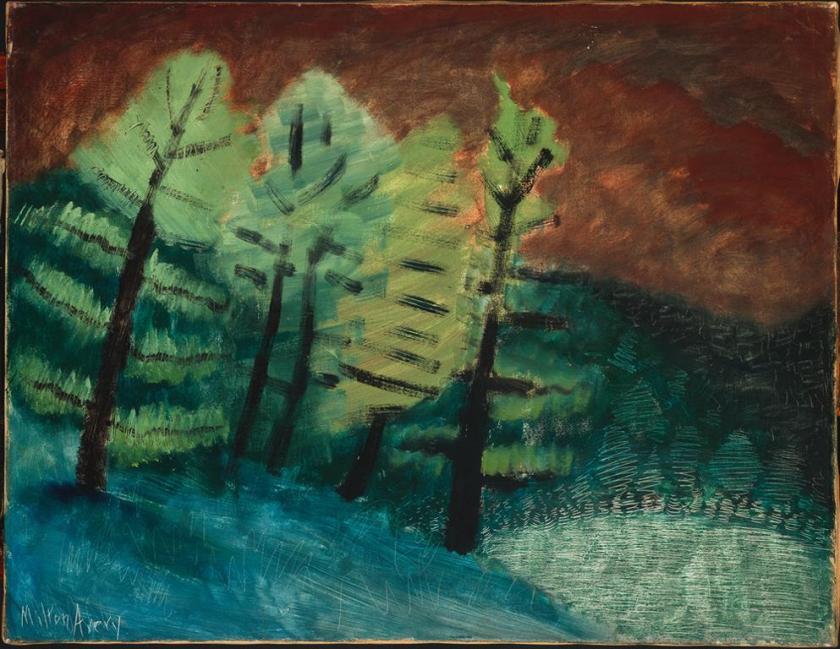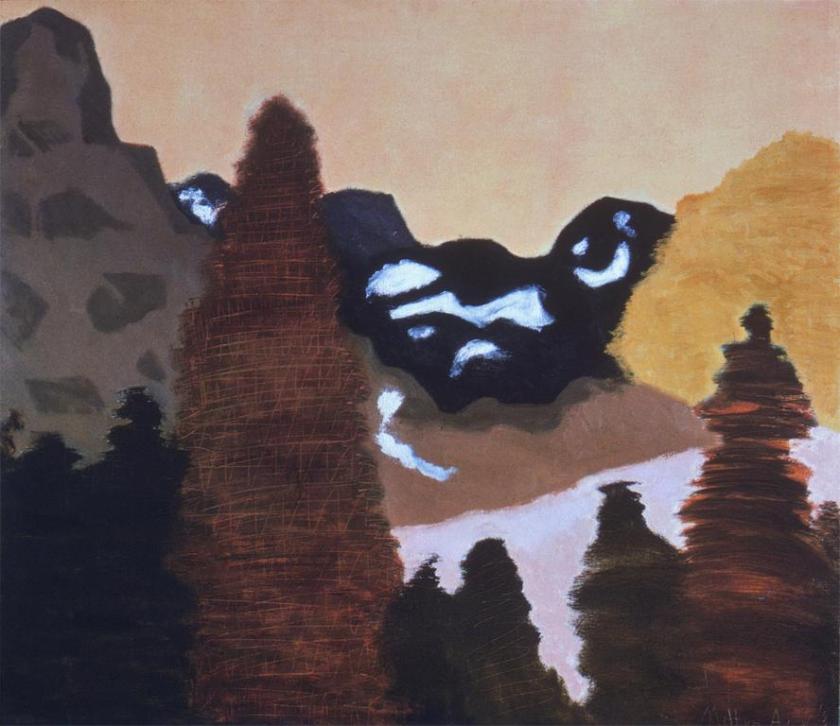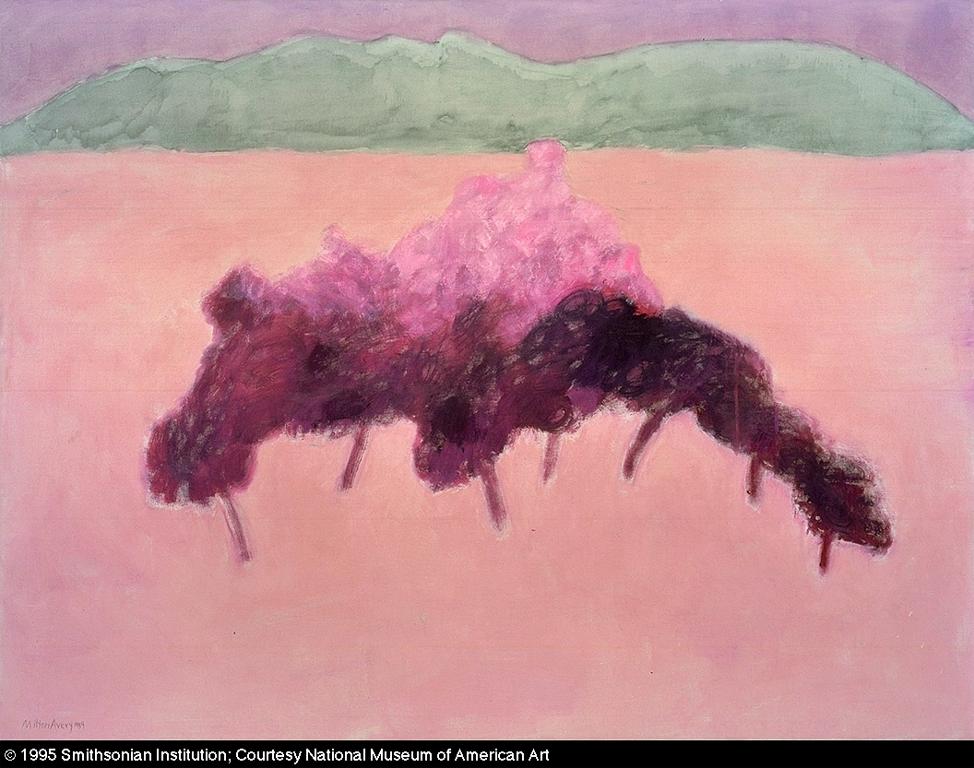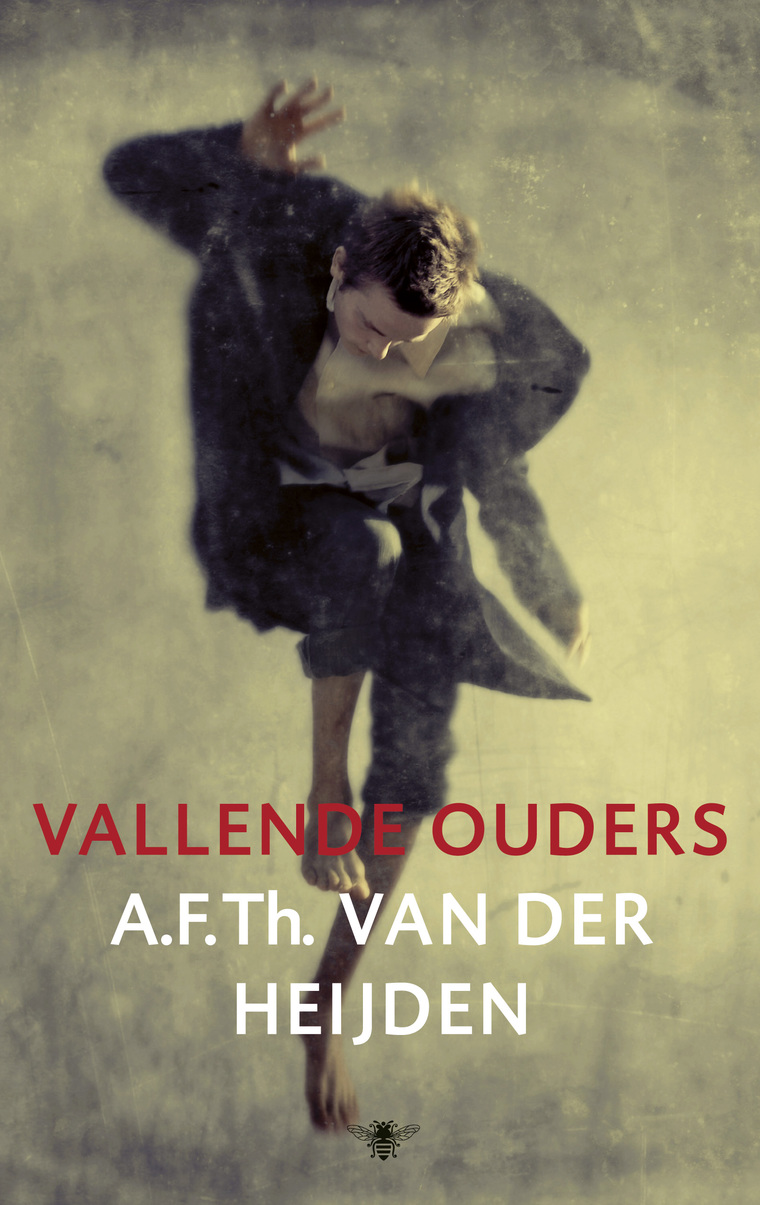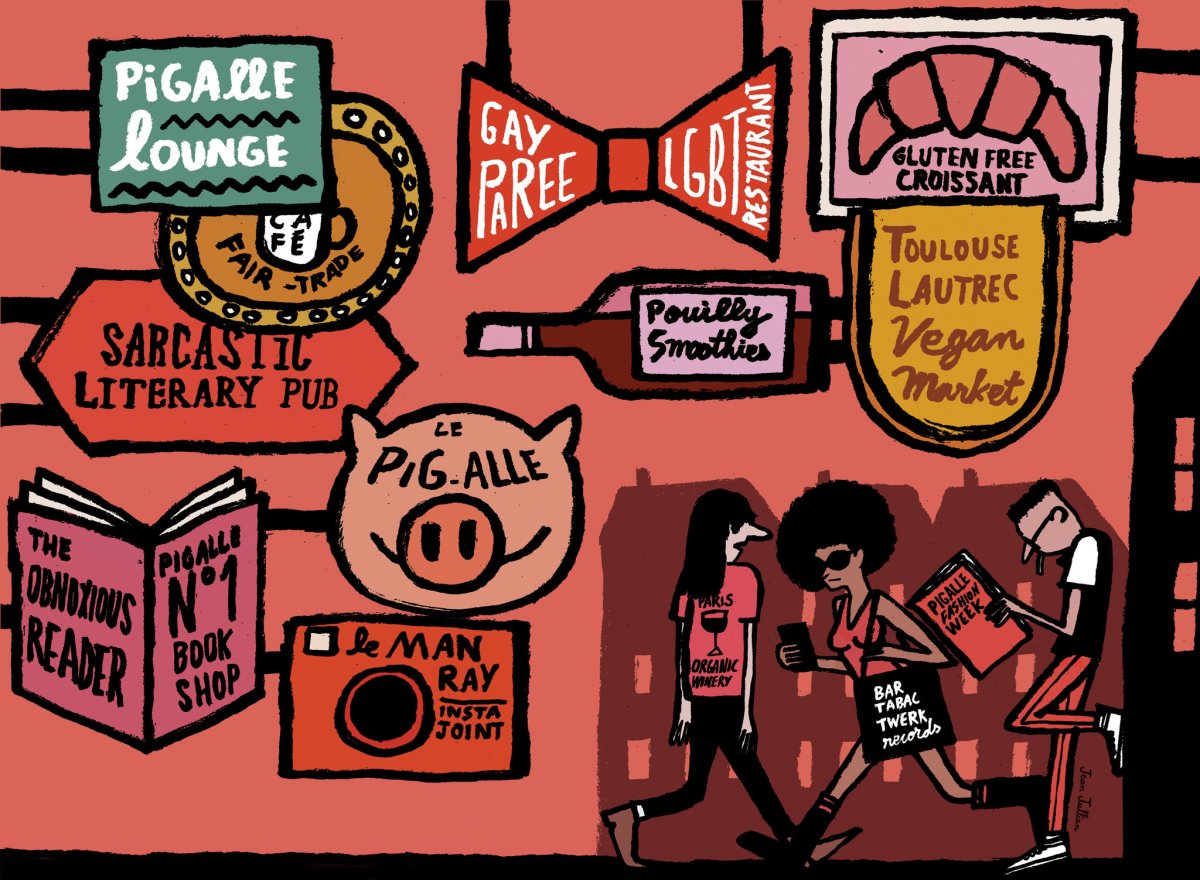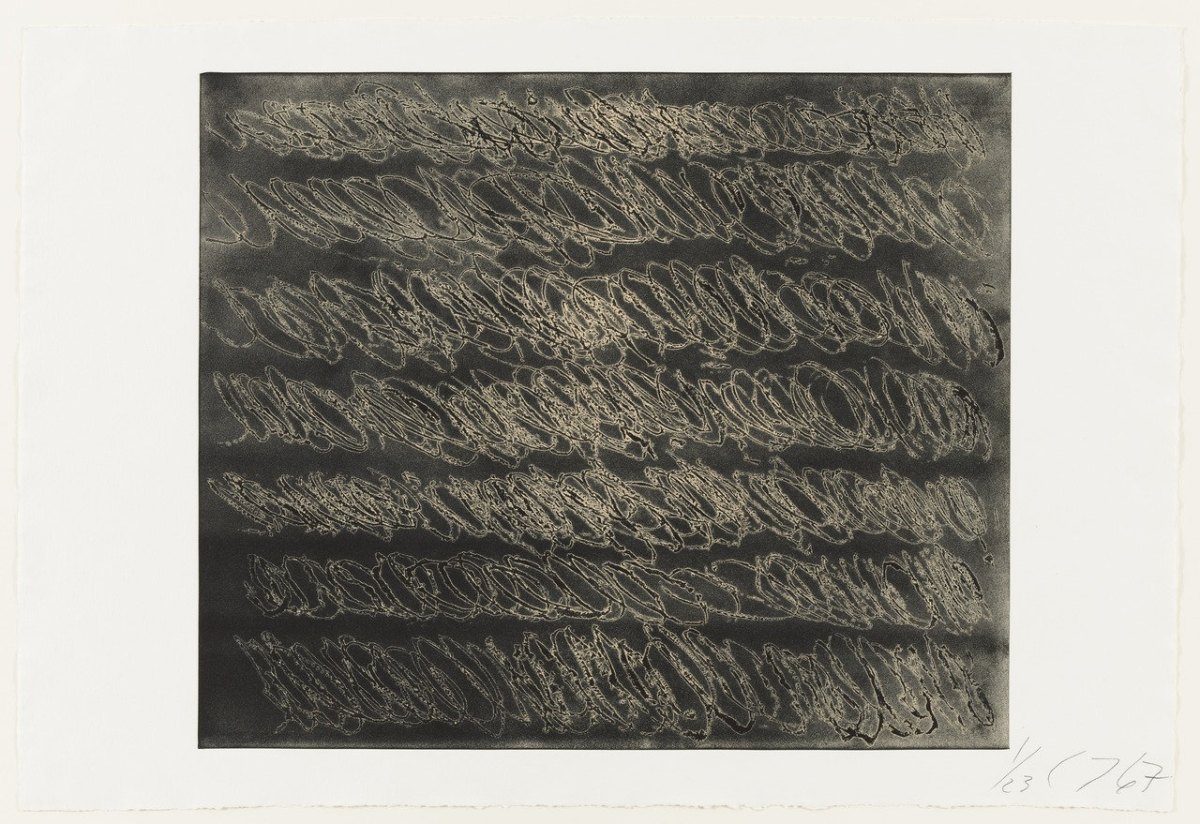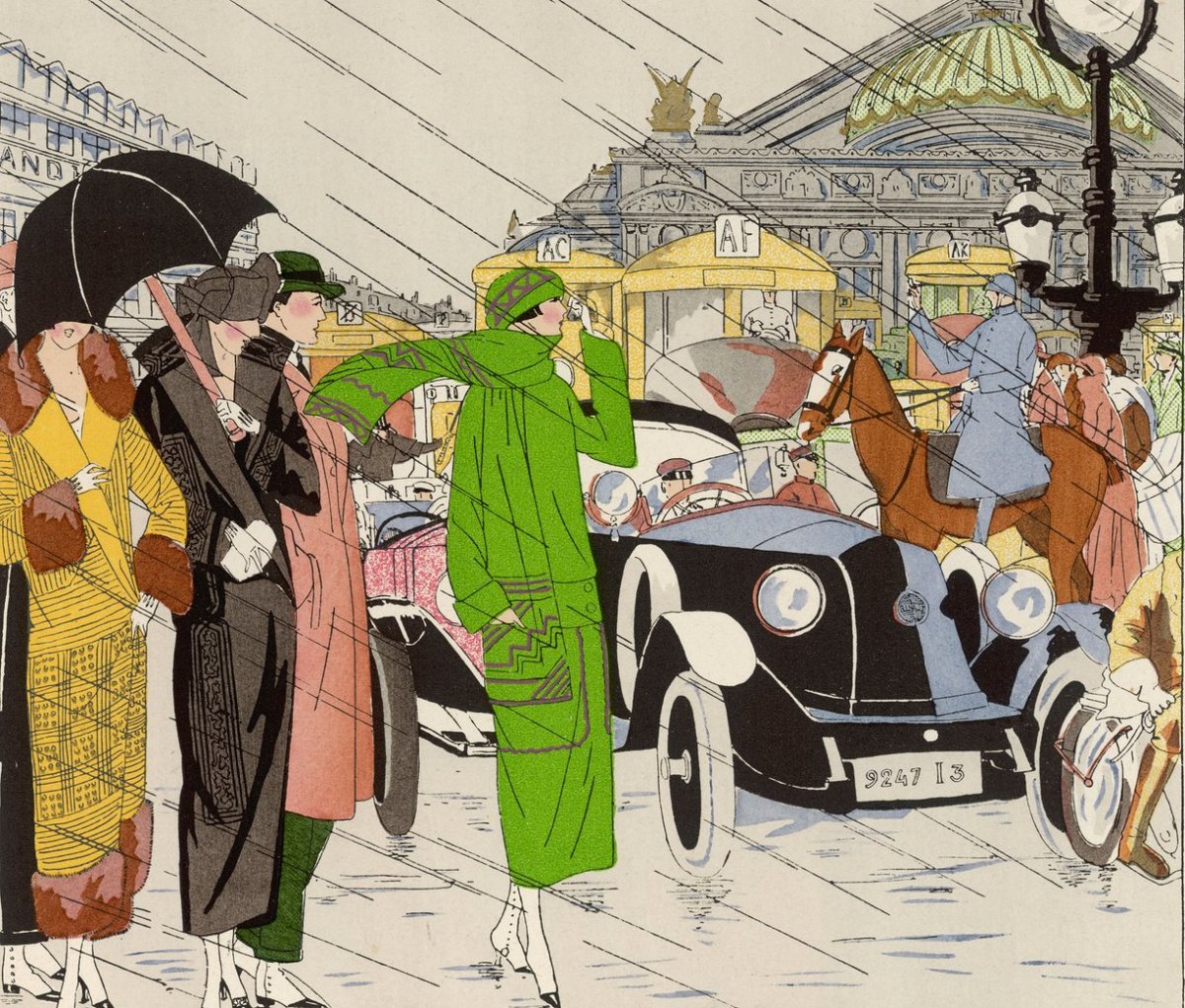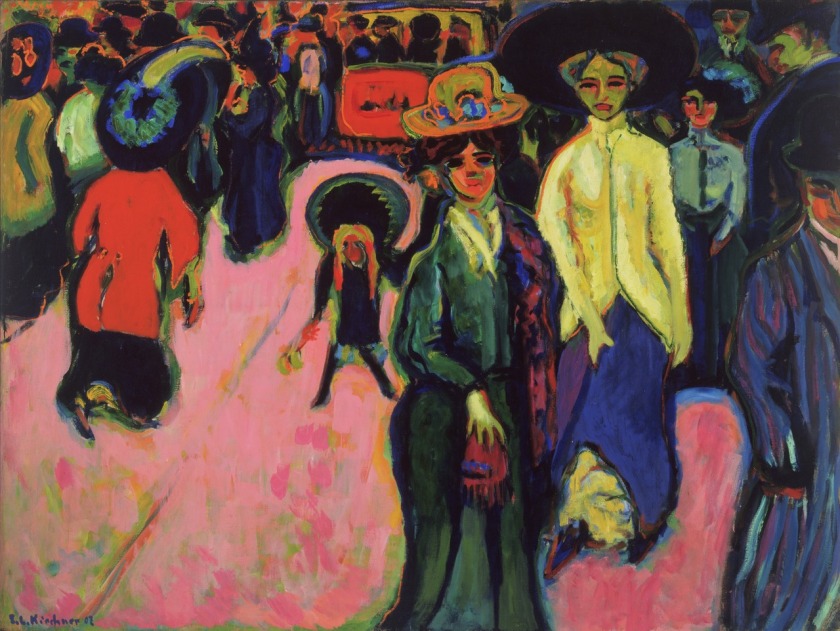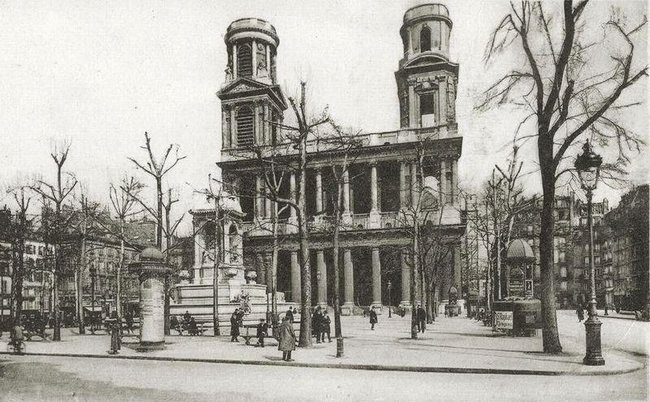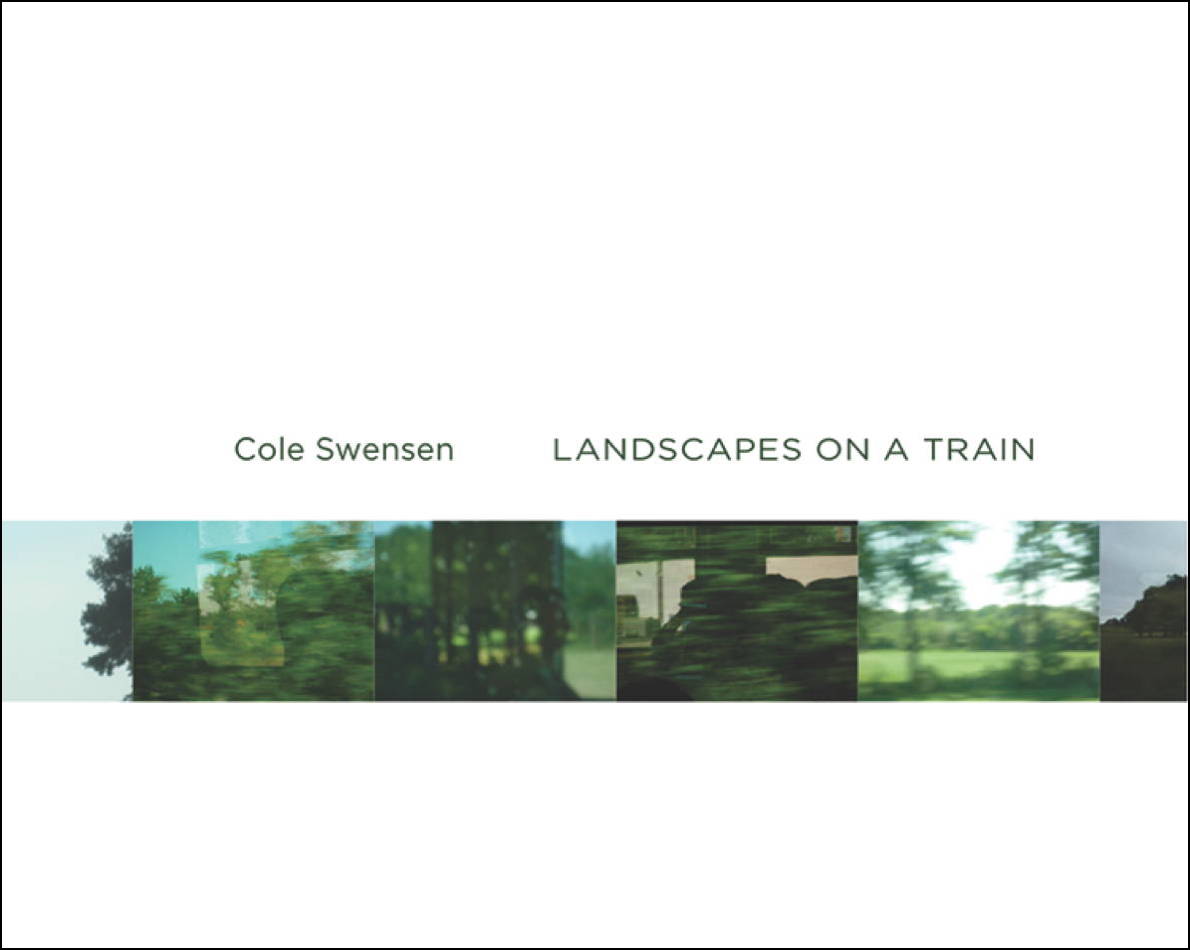The highest achievement in literature is glorious failure.
The impossible book, that’s my final goal.
I
In his final year of secondary school, Albert Egberts wants to write his primal book, an ur-book to outshine all others that would propel its young author to everlasting fame. In it, his own elaborate mythology, as developed over the course of the work, would compete with and triumph over the Christian doctrines of his working-class, small-town upbringing in Brabant, a southern province of the Netherlands.
Albert seems to share this megalomaniac project with A.F.Th. van der Heijden (1951), the writer who invented him and his ambitions in Tandeloze Tijd (“Toothless Time”), the semi-autobiographical, cyclical novel in which Van der Heijden traces and expands on Albert’s life, from his provincial youth in the village of Geldrop and his student days in Nijmegen, the neighboring city where he favors bars over lectures and libraries, all the way to his downfall in the drug-addled underworld of Amsterdam.
Ambition of this magnitude is almost necessarily tragic, and as Albert succumbs to alcohol and stimulants, his creator churns out page after page of prose, seemingly to no end: though the author says it’s incomplete, Van der Heijden’s “Toothless Time” now counts seven novels, 3163 pages, 422 characters, and 56.862 adjectives, and it has brought the author no less than five literary awards. It’s the Sagrada Familia of Dutch fiction.
Fragments and snippets of scenes from different times and places are juxtaposed, interfolding and overlapping in unexpected, significant ways, with one memory or scene giving rise to the next in a sort of Proustian flow, memories that reach way back to Albert’s earliest, formative years and that the little boy could not possibly have processed in conscious ways. Like Proust’s Marcel, Albert wants to experience time differently. He wants to make every minute so full of memories and experiences that it expands to infinity:
Because a bewildering sort of existence was possible — not in the “length,” as we’re used to, but in the width, where everything would go faster, would be more mercurial, where no earthly time would be lost: where everything that happened would do so simultaneously, instead of in horribly time-consuming succession.
Moreover, Albert doesn’t just want to amass infinite experience, he also wants to remain innocent:
Oh yes, I wanted to enter the world with passion, to take part in it instead of being a part of it. But at the same time I wanted to remain that little angel, that unblemished little boy, mommy’s dear, whose little face was not to be scratched by character at all… I wanted to enter the world, but I could not be tarnished or eaten away by it. Most of all, I wanted time to pass by me without teeth.
The work as a whole has often been compared to Proust’s A la recherche, Musil’s Mann ohne Eigenschaften, Zola’s Les Rougon-Macquart, or Balzac’s Comédie humaine: it marries a realist project of kaleidoscopically depicting class and society — provincial and city life in the Netherlands of the 70s — with the more modernist program of the Bildungsroman, plumbing the inner turmoil of a young man with writerly ambitions as he learns to navigate that society, finally chronicling his failure to do so.
At the same time, the force that drives the narrative is both centripetal and centrifugal, holding Albert and his world in a precarious balance, making the work profoundly different from any of those predecessors. Unlike Proust’s Marcel, whose obsession with memories and his mother Albert shares, Van der Heijden’s semi-autobiographical narrator is not just an all-enveloping “I.” Albert’s inward turn is simultaneously an outward one, and consciousness as a narrative center comes to be questioned. He is not even the only narrator, nor the only protagonist: in volume 4, Advocaat van de Hanen, alcoholic lawyer Ernst Quispel fulfills those roles, and in volume 2, De Gevarendriehoek, Van der Heijden shifts to third-person narration to explore the earliest days of his childhood. Unlike Balzac’s pictures of society, Van der Heijden’s novelistic solar system still has one life at its center, with a host of major characters in Albert’s orbit, each turning around at different speeds, each with various minor moons, all lining up and intersecting in various significant constellations.
Because Van der Heijden is ultimately more concerned with the mythological or the cosmological than the modernist or the realist, the best way to classify his work might be to say that he elevates his postmodern reality to a mythological plane, whose system is built up over the course of the whole cycle. Van der Heijden’s mythology is more baroque than classical, however, with plenty of tacky ornaments and grotesque effects. His oeuvre is a baggy monster, a sort of haggis of prose, its narrator the Gargantua that would gladly gobble up the whole world.
Which brings me to another one of Albert’s peculiar philosophies: it’s not just that he wants to make time expand outward to the future, or inward to the past, he also wants to digest and transform it:
That it’s possible to mold and melt anything that’s paltry and putrid, the stuff you can’t avoid, into something beautiful, which at same time — and with more heft to it — bears the memory of the horror inside it. That’s how I see things… I’m not putting a letter of it to paper… It’s my way of trying to wrestle my father’s deeds into just the right form, to make them yield their deeper, secret meaning and save them from utter futility.
Meaning and significance, then, are a matter of style, composition, and arrangement. As an enactment of Albert’s consciousness in its struggle with time and place, the cycle as a whole transcends any of the realist or ‘non-literary’ genres that make it up. The cycle approaches abstraction and transcends any one consciousness, with resonances that go over the author’s head as well. It’s a musical composition gone out of control. Van der Heijden says he always works with music on, and that he’s learned a lot about things like counterpoint and polyphonic melodies while listening to Bach, Mozart, Haydn, and Beethoven. Albert’s life becomes a symphony, or an opera, grander than its composer.
II
Coming around halfway through the novel, the passage I chose to translate is a crucial first formulation of Albert’s budding philosophies on time. In terms of plot and character, only little context is needed: Albert is at a local bar in Nijmegen, De
Tempelier, where he usually goes to drink and fantasize about the future with Thjum, his best friend and philosophical sparring partner. Albert is a man of words; Thjum is more practical. In his particular scene, they’re experimenting with one of Thjum’s theories, testing whether form is more important than content — except it’s about drinking, not literary criticism.
Besides a fantastic storyteller and a wildly imaginative creator of characters, Van der Heijden is also a master of voice and dialogue. Reading the scene over and over again, it came to feel more like a play than a novel, and that’s how I tried to approach my translation as well — as a drunken sort of Platonic dialogue between two students, set in a provincial city in the Netherlands of the 70s. So my goals were twofold: first, I had to set the scene visually; second, I had to make the scene unfold aurally.
I’m imagining Thjum and Albert in formal, dishevelled garb and unwashed shoulder length hair, hunched over a small table, sticky with beer stains, in the middle of a tacky, semi-abandoned, smoke-stained bar, with blue and red disco lights swirling around the room, casting a mockingly cheerful light on Monday night’s drinkers. In hoarse voices, the two shout out their theories over tinny American dance tunes, eventually attracting a small crowd, mildly bemused, only interested in Albert and Thjum’s experiment because of its absurdity.
The particular challenge with these voices was not only to create conversational English—always tough for a non-native speaker like me—but also to render Van der Heijden’s idiosyncratic imagination into engaging, understandable dialogue, and ultimately to recreate the way high-flying ideas are explored in working-class-inflected, increasingly alcohol-infused voices, as well-versed in Nietzsche and Heidegger as in 1970s radio and tv programs, where Dutch people soaked up American pop-culture and caught the Cold War bug about space exploration. Moreover, I had to create two distinct voices for the two characters, and I had to take their increasing delirium into account.
Albert is a skilled storyteller, gifted with his author’s wild imagination, always in need of an audience, and his strange voice is a mix of formal and casual registers, strongly steeped in mythology of his own making. Thjum’s voice is more casual, more natural, not artificially adopted from books and highbrow culture. At the same time, he’s also less confident in his speculations and his play with language can be simplistic, his metaphors a little crude. He clearly needs his friend to help him along in his thinking, and he’s not as sarcastic or dismissive of his friend’s theories as Albert is.
One of the key influences on Van der Heijden that I shouldn’t forget to mention here is Louis-Ferdinand Céline, the 20th -century French novelist. We see his influence not only in Albert’s occasionally bitter tirades on the culture around him or his complicated relationship with class, but also in the central place of drinking across his works (both Albert and Van der Heijden’s real fathers were alcoholics), his black comedy, and the strong narratorial voice. Most obviously, however, the influence manifests itself on the level of form: both writers generously sprinkle their texts with ellipses. In Vallende ouders, and in Tandeloze tijd at large, it performs various functions. I chose to keep every instance, and though the result may feel very foreign to anyone who’s not familiar with Céline, the ellipses make a special kind of sense in this passage. To me, they convey Albert’s garbled speech, the way he’s thinking on the spot, as well as the way this thinking gets more and more halting and blurry, stumbling on with hiccups as he feels more influenced by alcohol (Van der Heijden’s brilliance here is, of course, that they don’t actually drink anything, demonstrating the unintended effects of their experiment).
That’s all you’ll need from me. Now kick back, take a sip of genever, and enjoy the read.
III
Later that night Thjum got really upset, maybe because his birthday was coming up. Guilt was written all over his face. The endless binging these past few months… all of a sudden he couldn’t take it anymore. He broke out in a sweat and I noticed how hard he was trying to keep his panic in check.
“Albert, here’s the whole point. We’re addicted to the gesture. The same as with smoking… Look, our bodies come with two arms, and you don’t want to just leave them dangling, the way monkeys do. And yet we’re not free to let them do their thing either. When you get right down to it, we’re shy teenagers for life, never knowing what to do with our hands… probably because these appendages of ours tend to hover toward the private parts, even in public… I have firsthand experience there… You have to distract those coal shovels, give them something to do. [1] A smoke on the left, a drink on the right. Pick it up, put it down… it’s all in the rhythm. It’s about man’s exterior, not his interior. Ordering a drink may make you look good, but the contents of the glass will mess up your insides, am I right? So you should stick to the form. Isn’t it the easiest thing in the world to just get a drink, put it in front of you and… let it sit there? When you actually do a shot of genever it’s a waste of money, too. As well as another kind of waste, which you can’t express in terms of cash: a waste of… the body and the mind… and of time. Alcohol evaporates time.”
He got up and walked over to Floor with our empty glasses, returning with fresh drinks. He sniffed each of them and then slapped down one—”I’m pretty sure this one’s the old-style”—in front of me. When I reached for it, he yelled out: “Hands off, moron. I’m trying to make a point here… We’ll let it sit for the time it normally takes to finish one drink, and then we’ll get another. As usual. The only difference is: we don’t drink them. As long as we satisfy our cravings with the gesture, we’ll turn out ok without the actual alcohol. You just wait.”
By midnight, eleven virginal drinks were lined up opposite each other in a sloppy sort of battle order. It was six ‘new’ genevers versus five ‘old’ ones—to poke fun at Thjum’s experiment a little I’d “skipped a round.” Sparkling beneath the reading lights, with a small pool of liquid around each glass’s stem, they looked rather seductive. I got bad cravings… Whenever my hand thoughtlessly drifted over to the shots, Thjum slapped me on the fingers. I had the impression that we were getting up to order more frequently. “Bring back the empty glasses for once,” Floor kept saying. “I’m starting to run out.”
Whether it was an actual success or not, the experiment didn’t ease Thjum’s anxiety at all. Perhaps it would’ve been better to just keep drinking… It certainly doesn’t help your mood, feeling your throat dry out and the buzz fade without feeling more lucid in return. Thjum’s face turned even gloomier, and he became even more upset about the “evaporation of time.” He told me about his nightmare.
“So Albert, what if, because of a sudden leap in human intelligence—just as an example—or because of a technological trick—what if our human perception of time changed so much that we’d experience the average lifetime of 75 years as a mere blip? I guess I’m just rambling.”
“One day we’re young, the next we’re old.”
“You don’t seem to be taking me seriously at all, but you actually just hit the nail on the head. We’re like mayflies, all because of a change in our sense of time! But then again, with actual mayflies, because they experience time as moving so slowly, they would experience their lives as lasting very long… isn’t the thought of that just totally unbearable?”
Thjum had acquired his nickname, ‘The Prophet’, at the age of eight, when at Passover he drank the wine intended for the prophet Elijah (which was there just in case he actually showed up). Though everyone thought it was adorable, his act was the result of clever logic: whoever took the drink would turn out to be the prophet. Both the wine and his identity as a prophet never really exited his bloodstream.
We both stared silently at the array of untouched drinks on the table in front of us, as if we were brooding over a chess problem. The Prophet’s words reminded me of Egbert Egbert’s funeral. Nothing much had come of that so far…
“Well, Thjum… I used to look at people and see that they were bored, and I thought it was outrageous. All those spilled hours really should belong to others, I thought, to people who actually spent their time well, but were short on it. Of course, I wanted to be part of the select few who had a credit of life-hours outstanding with the deadbeats… But “wishful thinking,” as the Americans would have it, is only a waste of time. [2] You’ve got to stand out from the suckers by hoarding it up… multiplying your available capital… Thjum, there is a way, a trick to win time… to extract and cultivate infinite amounts of time… The kind of time that doesn’t wear you down… that doesn’t age you… Just the opposite! It’s a kind of time that gives you eternal life… or something like it, in any case. Sure, you won’t hear people talking about it at the student union. It’s too obscure. You know what, I’ll tell you my secret. I’m feeling generous today.”
Thjum pricked up his ears. He moved some of the shots of new genever over to the old and rested his arms on the table.
“It takes some serious effort. I’m just warning you. It’s not a breeze. But in the end, it’s all worth it. Listen up… Since life marches on lengthwise without mercy, the trick is to make life as wide as possible… to expand its width… If I’m putting it awkwardly, it’s not my fault: we basically lack the language to talk about such areas of thought. That’s why all sorts of eloquent religions managed to set up shop there. Listen, Thjum… You don’t need me to prove to you how fast one minute goes by. But as that minute elapses, if you manage to stretch it out widely enough, it becomes precious. For example—and don’t take this too literally—while you let a Mozart string quintet run through you, you can turn it into an incredibly rich minute… I’m not talking about the actual music, but the condensation of the piece: the luminous image it once left inside you that doesn’t fade out over the course of the piece’s measures. Rifling through the Köchel catalog to find the right score, other compositions unfold all in sync… along with the emotions they once triggered inside you. Simultaneously, you’re processing an erotic fantasy about that girl over there with an incredible clarity… look, she’s smoking a little cigar… Well, maybe that’s not a good example: let’s say it’s about that guy a little further down reading the front page of De Gelderlander. At once, crystal-clear, you perceive the way the line of fluff runs up to his belly button… And, again synchronously—behind that fantasy, as it were—you dive deep into a memory that just came back to you out of nowhere: let’s say one time your aunt tossed you a red baseball, but then it turned out to be an overripe tomato… All this is just metaphorical. Way in the back of your head, you start to feel the sting of tears that you, a little boy, were about to cry, maybe because tomato goo was dripping down your sleeve… and so on and so forth. The mind should never stop exploring relations on earth… On top of that, it can go into outer space without an oxygen mask. And if the ever-expanding universe is not enough, your mind can always roam around in the parallel universe that scientists are speculating about: a cosmos created in the Big Bad Blast, just like ours, moving faster than the speed of light… backward in time… away from us. To capture this inverse world with one look, one thought, in one indivisible second…! Just the dizzying sensation of being yanked back into it by your hair! It doesn’t matter if this kind of world exists outside you. You’ve already been to all the cities in this mirror world… you’ve visited them all… and in your own world not even a second has gone by: a trivial amount of time. Meanwhile, inside another groove of that flaccid, gut-gray walnut of yours, the music is playing along as if nothing happened… but then just as I explained it to you. The human mind is an infinite fold-out book.” [3]
[1]: This image of coal shovels is what I meant by crude earlier. Thjum is a man of broad gestures, not of lengthy words—I can picture him waving big hands around, physically demonstrating to Albert the lifting and lowering of drink and cigarette. I really wanted to translate that image literally—as a metaphor for hands it doesn’t make much sense in Dutch either, so keeping the strangeness, as it so wonderfully characterizes Thjum, was key here. He thinks form prevails over content—but it’s not a refined type of form, as Albert would advocate. Albert cares little for practical or physical performance and is instead enthusiastic about abstract philosophical theories and baroque literary language.
[2]: Though it may seem unremarkable in the translation, this phrase is actually in English in the original. Nowadays, with the internet and tv firmly lodged in the common imagination, Dutch people use American phrases all the time. But in the 70s, when Americanization was just starting to pick up, such use of English more closely resembles the way educated Russians would casually throw around French witticisms and quotes to show off their sophistication. Albert is clearly a young student and he’s eager to show how in tune he is with his cooler, more casual peers across the Atlantic. The phrase pithily conveys Albert’s hip pretentiousness. Yet I somehow had to signpost how remarkable the phrase is in the original. I solved it as follows. Usually Dutch people say something like, “as the British put it so nicely,” or, “as the French like to say,” whenever they use other languages this way. I had Albert say, “as the Americans would have it.” This stealth-gloss does the job of signposting the foreignness, but it also reinforces Albert’s pretentiousness and odd formality. These latter characteristics probably resulted from his working class upbringing combined with his own hidden obsession with books: he’s overcompensating for his lack of sophistication in the company of his wealthier friend. He’s the parvenu of philosophy students, as it were.
[3]: Coming at a memorable moment in the middle of the book, this image often shows up in the criticism as the encapsulation of both Albert’s entire philosophy and the work’s formal arrangement: “The human mind is an infinite fold-out book.” In the original, the latter three words read oneindig uitvouwbaar leporelloboek. The former two words mean something like “endlessly unfoldable,” so the author actually doesn’t have to explain what leporelloboek means. This word is obscure in Dutch, and it has a beautiful Italian ring to it that I unfortunately wasn’t able to reproduce in English. (It’s interesting to note here that Van der Heijden published his first works under the pseudo-Italian pseudonym of “Patrizio Canaponi.”) I went with the less poetic or pretentious but more concise and understandable “fold-out book”: it nicely conveys the actual physical makeup of the object, which is so central to the image’s meaning. And as an image that sums up the whole work, it is crucial to grasp this meaning.
